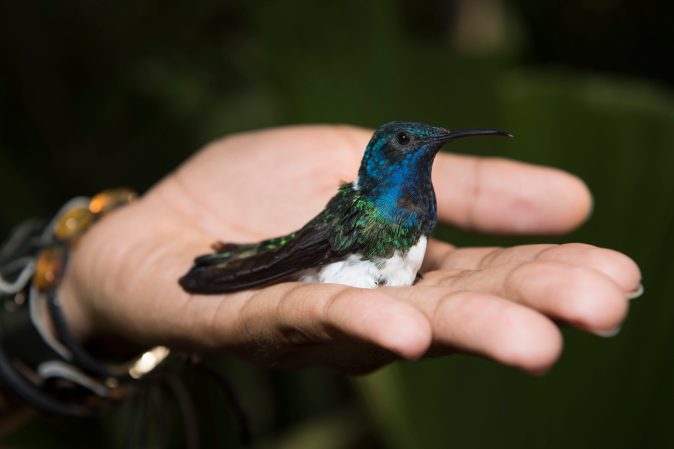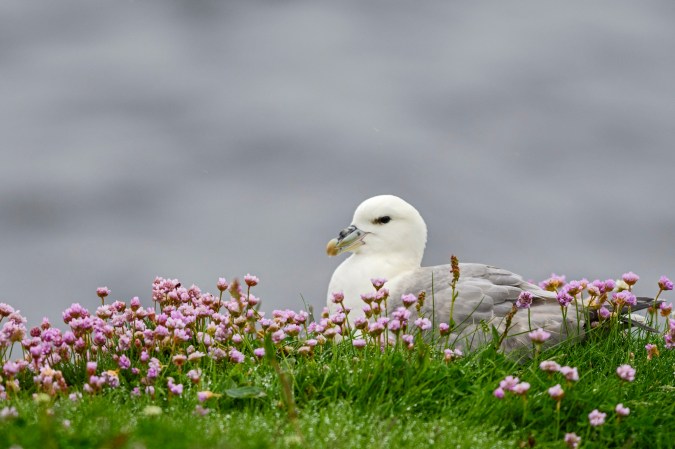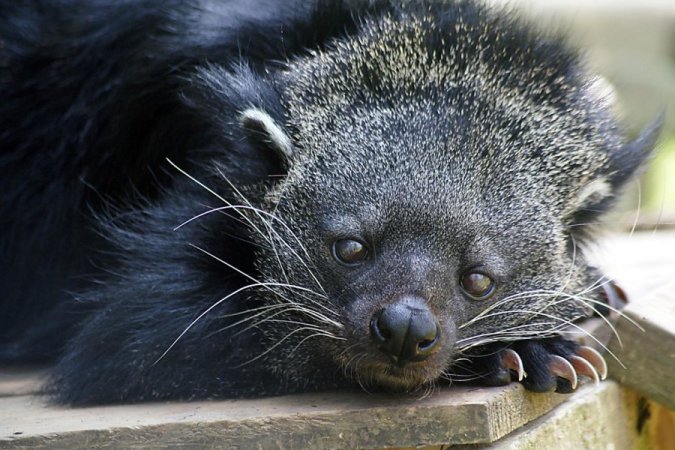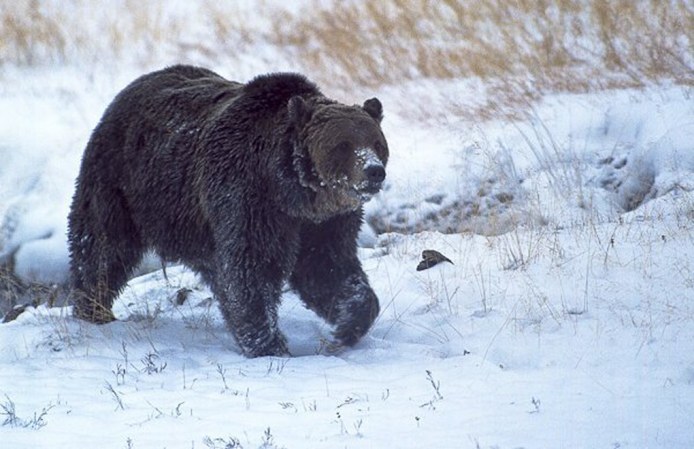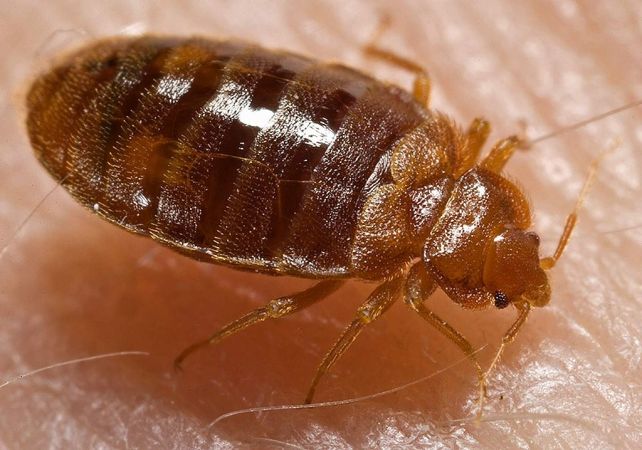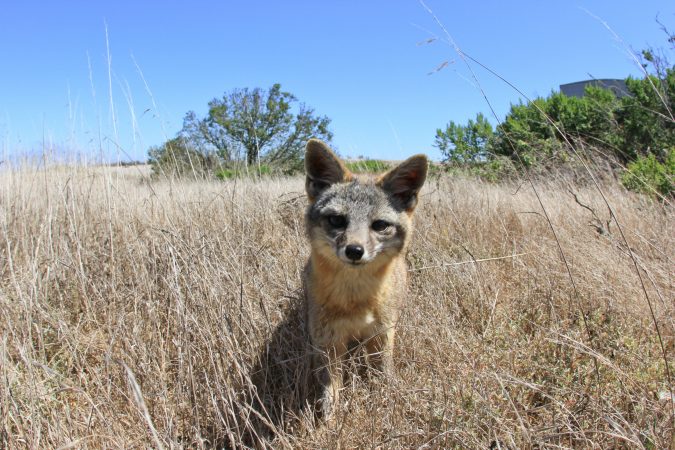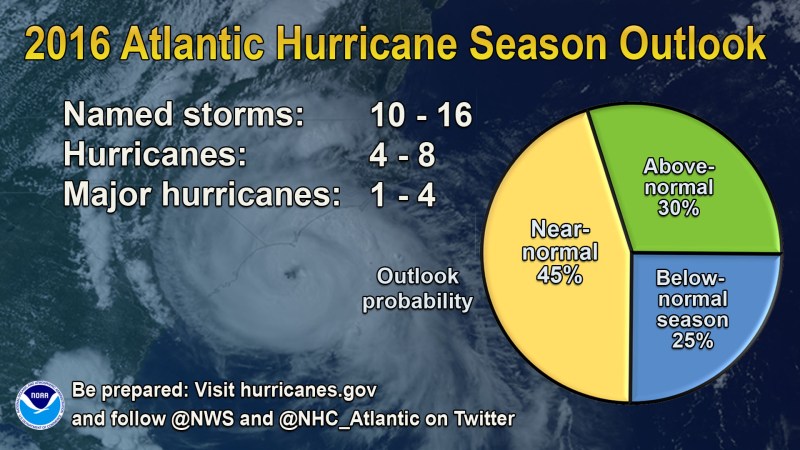


Photographer Robert Clark gives us all a closer look at the sometimes flashy, sometimes practical art that is bird feathers. In his book, Feathers: Displays of Brilliant Plumage, to which science writer Carl Zimmer wrote the preface, Clark captures the beauty of more than 60 feathers, with a brief explanation about each.
The book, published by Chronicle Books, is now available.
Below are some of our favorite images and captions from the book.










